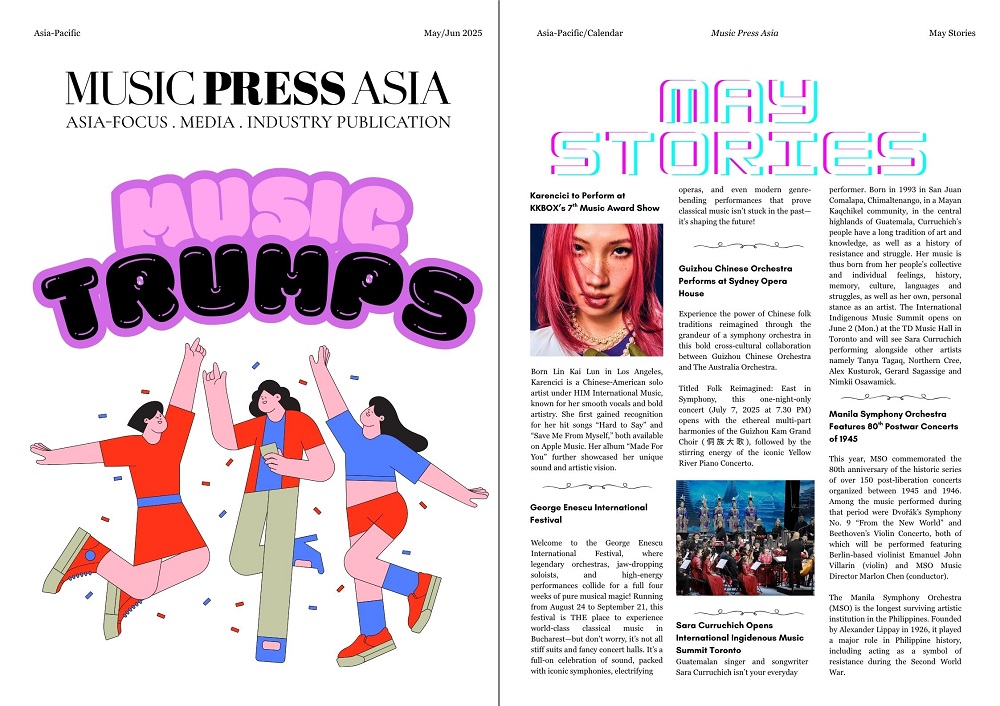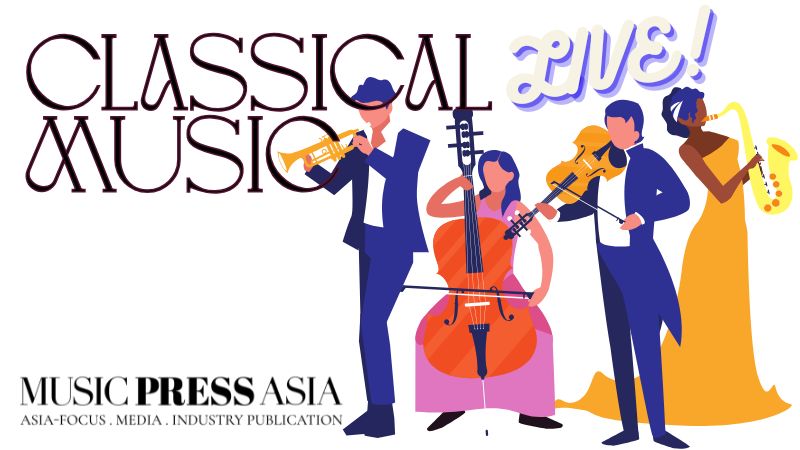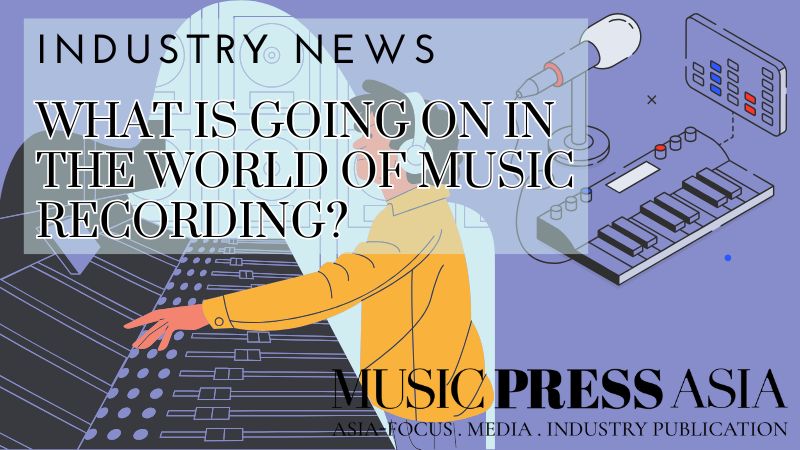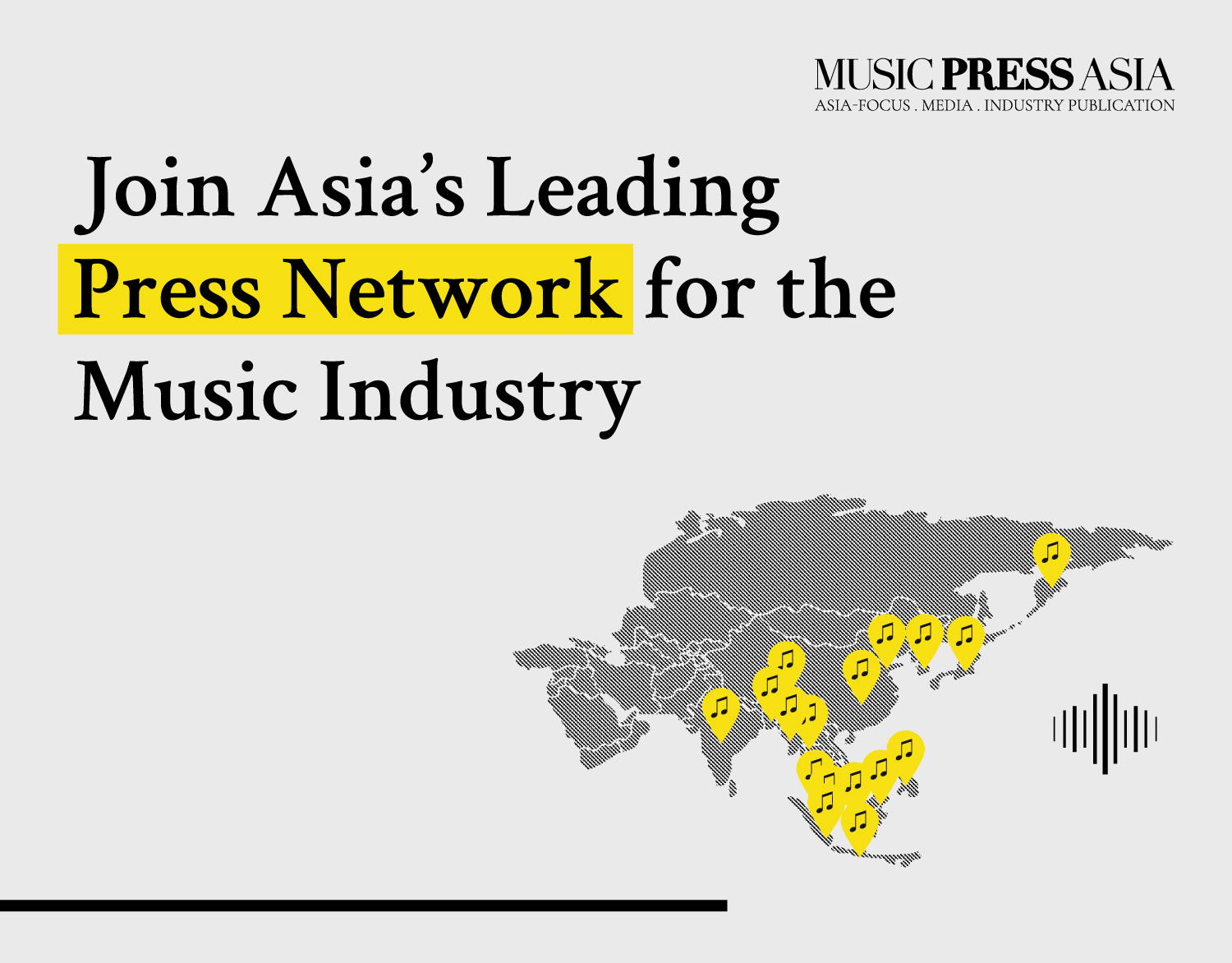Culture & Music To Play A Big Role On Belt And Road
– a way to unifying language, culture and understanding of Asia as a continent.
– music and culture propagation along the Silk Road.
– a way to unifying language, culture and understanding of Asia as a continent.
– music and culture propagation along the Silk Road.

China’s Belt and Road Initiative (BRI) is the most ambitious infrastructure plan in world history. Connecting the Chinese city of Guangzhou to Venice by sea and Beijing to Brussels by land, this massive undertaking already involves almost seventy countries (including twenty four in Europe) that comprise two-thirds of the global population. The BRI is a multi-pronged plan that reimagines global supply chains, technological connectivity, and military strategy and even music & entertainment.
Nina Golan, writer at Music Press Asia, explores the benefits of the developing The Belt and Road Initiative and why we should keep an eye to opportunity and collaboration surrounding the region we all know as Asia Pacific.
As the world continues to bounce back into order post pandemic, we began to look at what is bringing us together. Scanning for what’s truly positive and encouraging in the region, the Belt and Road Initiative stands out like a jewel of opportunity ready for grabs.
While music is largely overlooked by many during these tumultuous times, it carries a significant role, alongside culture and traditions of communities, in unifying and connecting a growing digitalized world we live in today.
The Belt and Road Initiative (BRI) was originally announced by the Chinese government in 2013 as a global infrastructure development strategy. It combines the Silk Road Economic Belt and the 21st-Century Maritime Silk Road, a trade and infrastructure network connecting Asia with Europe and Africa along ancient trade routes.
As early as 2017, the initiative was incorporated into the Constitution of China. Collectively aiming “to construct a unified large market and make full use of both international and domestic markets…”
Since then, many other countries have joined the initiative and become members of the China-led Asian Infrastructure Investment Bank (AIIB). Forecasting an unhinged amount of investment of US$900 billion per year for over a decade for those joining the initiative, three belts are proposed.
The North belt would pass through Central Asia and Russia to Europe. The Central belt through Central Asia and West Asia to the Persian Gulf and the Mediterranean. And the South belt to run from China through Southeast Asia and South Asia towards the Indian Ocean through Pakistan. And integrating China with Central Asia through Kazakhstan’s Nurly Zhol infrastructure program.
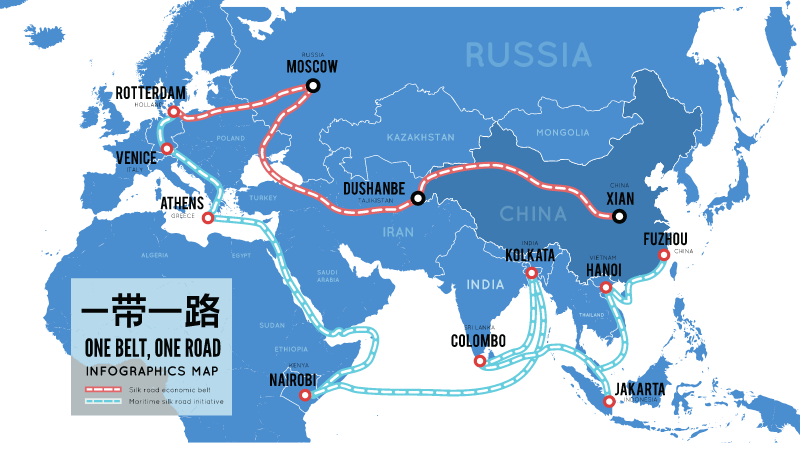
It did not stop there and that’s where it gets more interesting. It continues to iterate that “…through cultural exchange and integration, to enhance mutual understanding and trust of member nations, resulting in an innovative pattern of capital inflows, talent pools, and technology databases.”
With aviation almost at stand still in the commercial world post pandemic, evolution of a road where music and culture will stand side by side in the Belt and Road Initiative – taking Asia’s creative industry to the world and benefiting more people along the road. We are talking about almost half the population of the world.
Prior to the pandemic, music festivals and live events may have been organized in large cities easily reached by jet planes. Via the BRI, music cities, festivals and tours may now take place along the Silk Road. Imagine going to a music festival in Turkey, Kuala Lumpur, Sri Lanka, Mombasa, and even the Suez Canal just because of its accessibility via the trading route.
History has already demonstrated that sharing music through cultural promotion can mutually benefit a specific country and globally influence the country’s creative achievement.
By studying human thought patterns, this phenomenon could also be accounted for in unifying the language of music. Becoming a cultural carrier, music has not only travelled and being shared through land and sea, but also digitally through new innovations of big data and artificial intelligence.
Music culture in the music business, especially in the digitalized world, may be viewed as a success for many music companies and seen as an obnoxious tool which has sidelined authentic music makers.
To continue reading page two, please click here.


